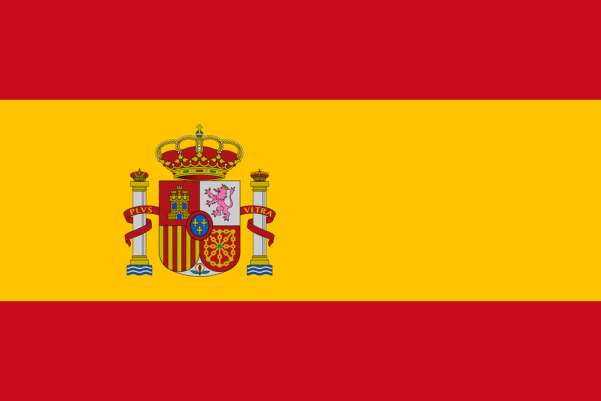The first English house that the unforgettable Freddie Mercury lived in was recently honoured with a blue plaque.
Located in Feltham (West London), the house belonged to Freddie’s parents, who settled in the British capital in 1964 after migrating from Tanzania, where Mercury was born.
The English Heritage project immortalises houses of famous Brits, and there are already more than 900 blue plaques on display around the city. Chopin, Jimi Hendrix, John Lennon and Mozart are all part of this list and their former residences all have small blue plaques. English Heritage has an official app called “Blue Plaque App” that offers a guide to help you explore the streets of London in search of the honourees’ homes.
The first plaque, in honour of the poet Lord Byron, was erected in 1867 at his Holles Street abode, near Cavendish Square, but the building was demolished in 1889.
2016 is the 120th year of the project.
To learn more about the project and the app visit: http://www.english-heritage.org.uk/
More about Freddie Mercury
The lead singer of the band Queen was also a pianist and the composer of most of the songs that have become worldwide hits, like “Somebody to Love”, “Don’t Stop Me Now”, “Bohemian Rhapsody”, “We Are the Champions”, to name just a few. With his unique voice, Freddie Mercury electrified his shows with his huge stage presence and undeniable talent. The singer died in 1991 at the age of 45 as a result of complications caused by AIDS, but left his legacy in the music world. In addition to being one of the biggest influences amongst singers and musicians of today, his songs are heralded as anthems by a generation that grew up listening to Queen.
This year Freddie would have been 70 years old.

















